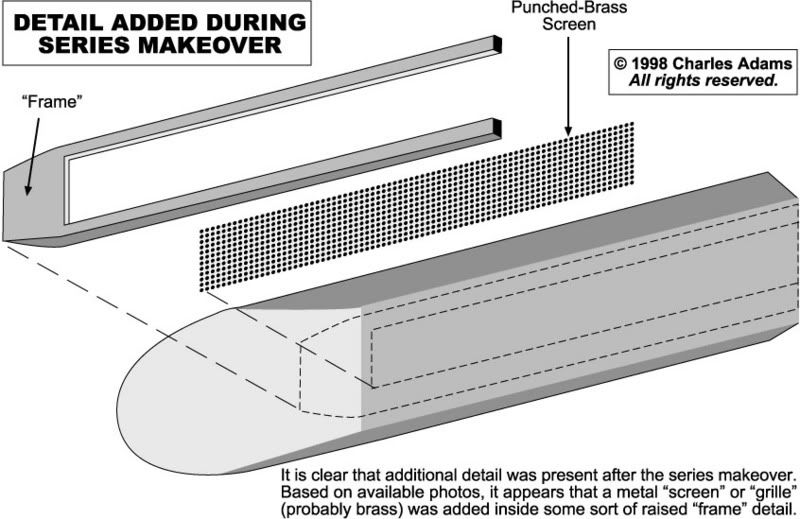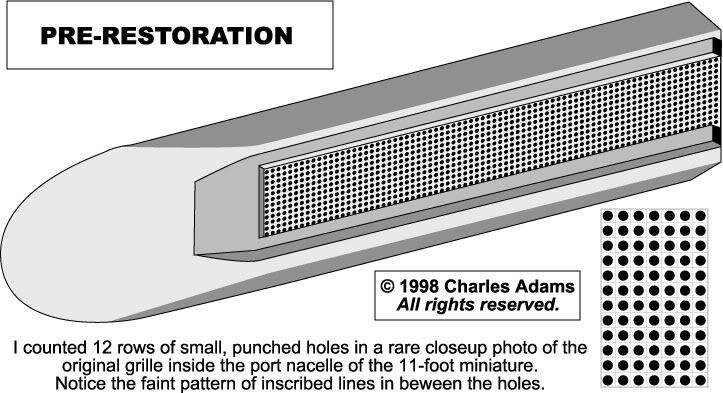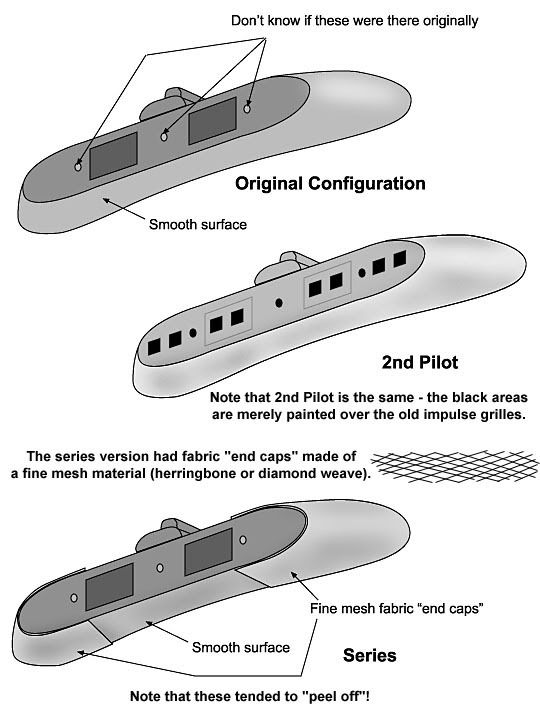Well, my list of people was not intended to be all inclusive, just examples of people I could think of off the top of my head while writing that post. I hope no one will take not being included as a slight against their expertise.
That having been said, the reason for including people that may already have some of the information but can't share it is two fold... First is that their knowledge would streamline the process (the faster data can be collected, the more data that can be collected in the same amount of time), and secondly it would relieve them of any external constraints they may be under.
Do I understand their position... yes. And in a recent thread in the
Fan Productions section I lamented the fact that I have information which I have agreed not to share, even though I really would like to.
On the topic of studying the model, I would be willing to bet that we could build what we need from commonly available materials. The main thing would be a rigging and lasers (the types used for alining things on walls, available at most hardware stores I would think). With those set up at exact measurements on the rigging, they would provide both reference marks and curves on the actual model which would then be photographed and documented later. With this type of set up, large scale scanning wouldn't be needed because exact reference points visible on the model would help with assembly of smaller images.
As for having Ed Miarecki there, I wouldn't think the model would need to be taken apart for the study as much as having someone who could insure that the model was actually assembled correctly.
And as Thomas pointed out (and is usually brought up in this type of topic), what we'll end up with is not only a ton of great info, but also all of the models flaws as well. And with most beautiful women, when you start examining them that closely things like blemishes, scars and the like start to become visible. And in the case of the Enterprise I would think we should take a couple of approaches.
First would be putting her best face forward. As with the Sinclair and Casimiro plans of the 11 foot model, and my plans of the 3 foot model, some flaws are best overlooked. Detailing the models in there ideal form (specially when it comes to plans) is the best approach for references for modelers.
Second would be to catalog as much of the flaws as possible and, more importantly, determining how (and when) those flaws were introduced. So once a database of currently existing flaws has been compiled, going back over images of the Enterprise since her original construction will be needed to see if a flaw is original or was introduced at some point.
Again, this is the type of study that when proposed to the Smithsonian would get their attention as being worth while to grant.
Another thing to do is to take the information gathered and go back to surviving people involved in the Enterprise's history and get background details. It'll be as important to know the
whys behind the details as it will be to know the details themselves (at least from a historical perspective).
For example, the original bridge on the 11 foot model was quite tall, but was cut down for the series. The relative heights compared to the 3 foot model's bridge (which was never modified) make them taller and shorter (respectively). If the height of the 3 foot model was what they wanted, was there a reason they had to go shorter? My guess would be that the height of the series bridge was determined by the square holes cut into the bridge for the pilots... the highest edge of which seem to correspond to what would become the base of the series bridge (as illustrated below).
Was that the actual reason? The only way to find out would be to ask.
And again, if the Smithsonian knew we intended to follow up on that type of stuff, then it would be more incentive to grant us access.
But most importantly, this would have to be approached as a serious endeavor, rather than some scheme hatched up on a message board some where. And the people who would be it's public face would have to be people who would follow through on this type of thing (rather than popping in and out when they happen to be interested).
Why did that other
PUBLIC RESOURCE ENTERPRISE fail? Because the people involve didn't follow through and each was more interested in their own take. That type of group flies apart pretty quickly.
For this to really succeed, everything would have to be group first, individuals second. No one in the group can claim ownership of materials (a common down fall of this type of thing). And copyrights have to be fully open... I would suggest using the
Creative Commons license for everything (and I mean
everything). Credit for workmanship and research can be given to individuals, but in the end everything should be presented to the public as a product of the group as a whole (which is the best way to keep egos in check).
Do enough of us here have the will (or stomach) to be part of such a project to make it truly successful? Honestly, I have my doubts... but it can be done.








